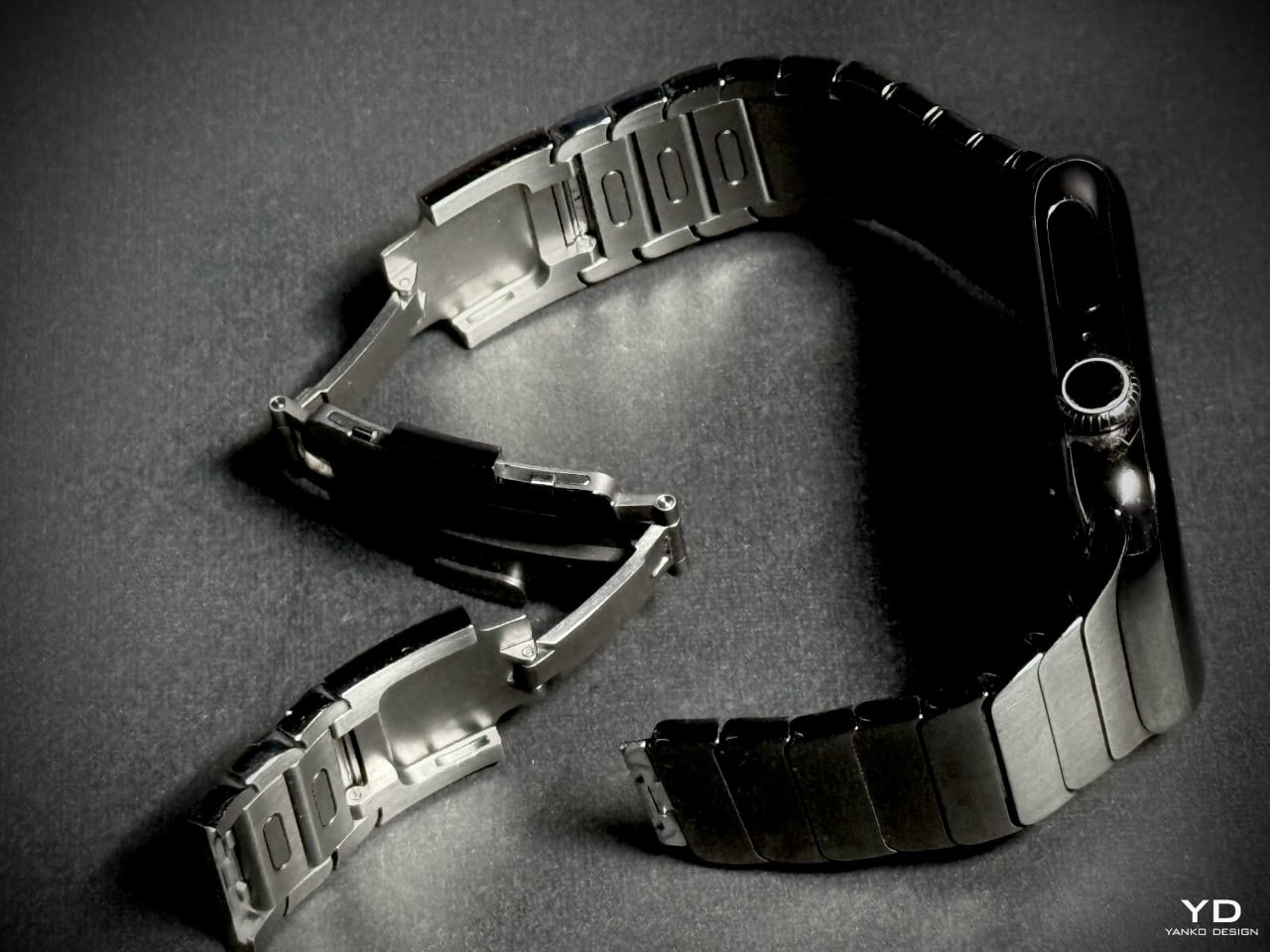I recently took another New York City neighborhood trip with my friend by car—this time to South Brooklyn. We decided at first to travel to isolated Red Hook peninsula (no subway stops there and it is cut off from the rest of Brooklyn by an elevated highway)—a waterfront neighborhood located on the edge of New York Harbor offering striking views of the Statue of Liberty and the ocean. Red Hook, which had retained its working-class, waterfront ambiance for decades, has only in the last 25 years or so begun to feel the effects of gentrification.
For years it was dominated by the mostly six-story Red Hook Houses that were built in 1939. The buildings consisted of two connected public-housing complexes comprising the largest housing development in Brooklyn, inhabited by 6,000 people—primarily Black and Hispanic. The stores surrounding the development today are shabby—bodegas and fried chicken chains—and one can feel how limited the shopping options and economic opportunities are for the project’s residents.
There are also Pentecostal churches, and there are more than a few grungy, dilapidated private homes still scattered through the neighborhood. But Red Hook is also undergoing a slow transformation with some of its historic warehouse buildings turned into shopping centers, art galleries and studios, and upscale bars. There are also private homes that have been completely remodeled, other homes with murals painted on their fronts, and small luxury apartment houses.
N.

















